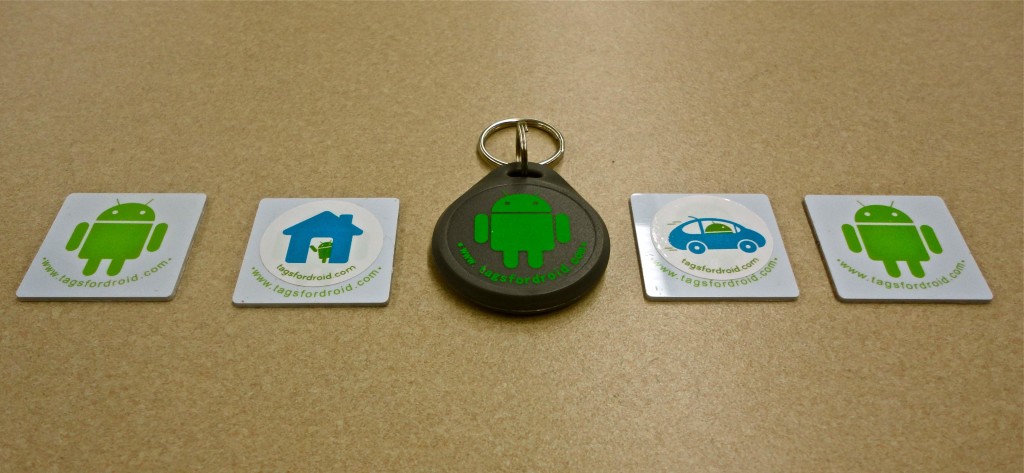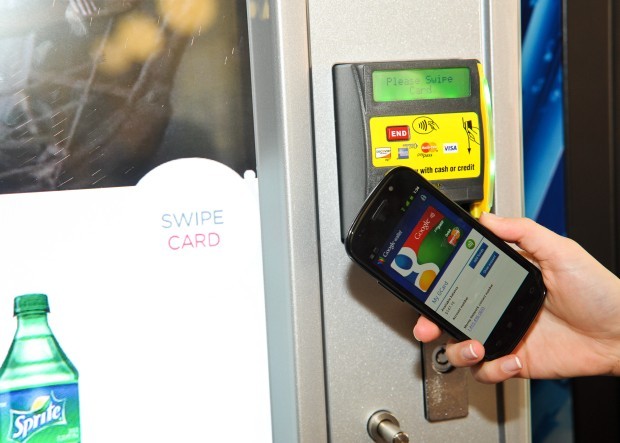 Near Field Communication Technology has taken a few years to develop to actually become useful. The big year was 2011 when NFC was built-in to over 40 different phones. The fact is, if you do not have an iPhone, there is a good chance that you have NFC in your pocket right now.
Near Field Communication Technology has taken a few years to develop to actually become useful. The big year was 2011 when NFC was built-in to over 40 different phones. The fact is, if you do not have an iPhone, there is a good chance that you have NFC in your pocket right now.
First off, NFC is different from Qi charging and Bluetooth. NFC uses low power to transit data at very small distances, usually requiring physically touching your device to the receiver. Similar to Qi charging where physical contact is required, NFC will work through small barriers such as your phone’s case or a plastic housing protecting the NFC receiver. And similar to Bluetooth, NFC can send or receive data. Without getting too technical, NFC uses a type of RFID chip most commonly found in library books or retails stores as theft prevention.
The uses of NFC are expanding daily as this year we are seeing NFC appear in your TV, dishwasher, car, speakers, rice cookers, cameras, refrigerators, printers, and most commonly, Point-of-Sale terminals for mobile payments. Sharing digital content can easily be done without a data connection thanks to Android (or Samsung) Beam and Windows Phone. Photos, videos, apps, documents, websites, contacts, and business cards can all be transferred over NFC. Also, with the correct mobile app or smartphone, you can pay retailers directly with Google Wallet or ISIS by tapping your phone on top of the electronic payment terminal when you see the NFC logo.
Automation programming or tasking has been one of the most popular uses of NFC among consumers. With a basic app and NFC tags (such as Samsung TecTiles), people can simply touch a tag with their smartphones to toggle bluetooth and wifi when they get into their car and simultaneously open the maps app to see the traffic on route. Just like regular programming, the possibilities are endless!
Lately, tech conventions and press conferences have found a new way to use NFC by creating wristbands, business cards, and posters that can share contact information, press releases, and small bits of information. It is possible that in the future, we would see NFC replace the unconventional QR codes, which I personally have never seen anyone use (other than myself).


